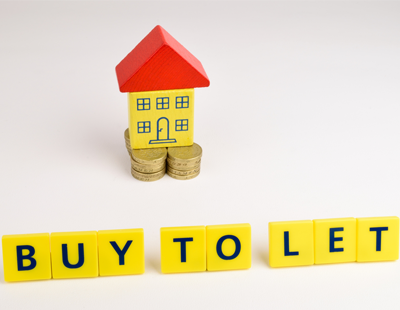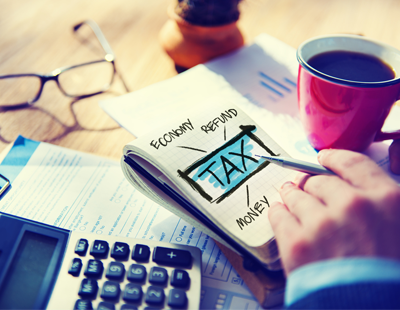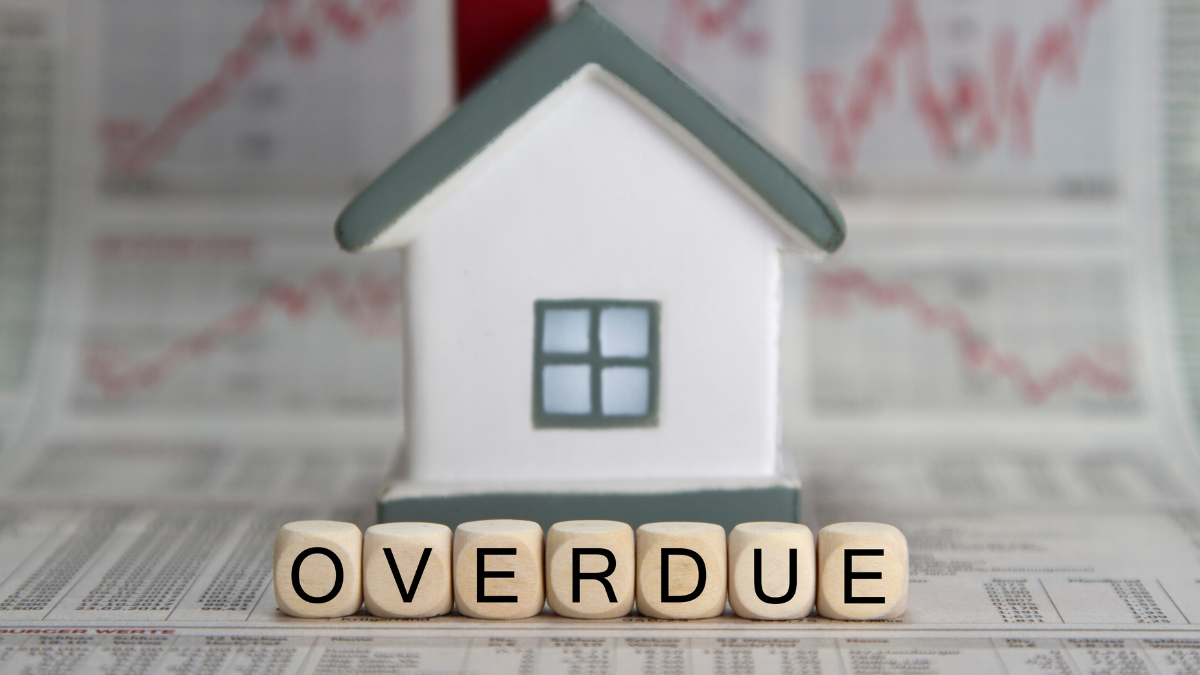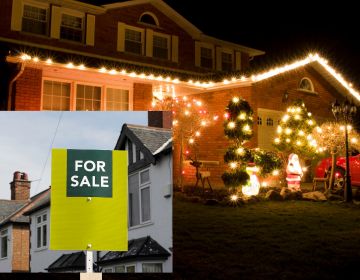Although the property and mortgage markets have been in a state of flux for the past few months, with rising interest rates and the tightening of lending criteria, it has also provided an opportunity for those who’ve been thinking about investing in property and becoming a landlord for the first time.
The rental market is particularly buoyant currently – a lack of rental stock, along with a potentially diminishing first time buyer market, means that good landlords and rental properties are in demand. In addition, we’re seeing some smaller landlords (those perhaps with a second home that is being rented out) selling up due to the increased costs associated with higher mortgage rates. According to Hamptons, one in six properties sold so far this year in the UK is an ex-rental property and this figure is likely to rise. What this adds up to is opportunity. Buoyant rental demand plus an increase in the number of properties on the market means that for those with some money to invest, this might be the time to put it into rental properties.
For those thinking of becoming a buy-to-let (BTL) landlord for the first time, there is much to consider beyond simply finding a suitable property and securing the finance. The following financial tips should help to prepare anyone ahead of starting their landlord venture.
Cut through the jargon and numbers
Unfortunately, there is a lot of jargon to cut through so hopefully I can simplify some of it for you. This includes terms such as yield, loan-to-value (LTV), interest coverage ratio (ICR), and fixed vs variable rates. Many of these terms are linked to numbers so if maths isn’t your strong point, I would suggest speaking to a specialist financial adviser or mortgage broker who will be able to help you.
Yield – otherwise known as profit. Basically the amount you have collected in rent in £s divided by the value of your property x 100, which will give you your yield (profit) as a %.
Loan-to-value (LTV) - is related to the cash value of the deposit you can pay towards your property purchase. A 75% LTV means that a lender will let you borrow up to 75% of the value of the property if you can put down the other 25% as a cash deposit. LTVs vary according to the type of loan you wish to secure, your personal situation and credit background, and also how much deposit you can afford.
Interest coverage ratio (ICR) - is essentially how the rental income compares to the interest being charged on the mortgage. It tends to be set at around 125% to 145%. In simple terms, this means that your rental income must cover at least 125% to 145% of your mortgage interest payments.
Fixed vs variable rates – are the types of interest rate you will be charged on your BTL loan if you borrow to finance your property purchase. Fixed rates tend to be higher and set for a determined period of time. The benefit is that you will be secure in the knowledge that your mortgage repayments will remain the same every month for that period. The downside is that you will be paying for that security as fixed rates tend to be more expensive. Variable rates can move up and down and a lender will want to know that you can afford any forecasted rate rises. These may be cheaper than a fixed rate but there is no guarantee. This is why speaking to a specialist adviser, who will be able to assess your appetite for risk along with your ability to cover mortgage repayments, is essential. If you want to get an idea of the different types of loans and finance that you could secure as a landlord, a specialist lending platform, like Provide Finance, is a good place to start.
Tax, tax, tax
You must be aware of the taxes involved when buying and owning a rental property or properties. There will potentially be the stamp duty land tax, which you pay when you purchase a new property, and the ongoing payment of income tax on the rental income profit. Personal tax thresholds will dictate the level of tax that you pay but it is certainly a cost that needs to be accounted for when you’re looking at the overall profit you can make from being a landlord.
Some new landlords register as a limited company and buy their properties through the company. There are some tax benefits to this but you will still be eligible for corporation tax and, being a limited company will have an impact on the type of loan you can secure.
Chances are you will need to complete a self-assessment tax form every year to help the HMRC calculate how much tax you are required to pay so it’s worth keeping records of everything! If in doubt, speak to a tax accountant who will be able to help.
Additional costs associated with a buy-to-let property
- Property survey fees
- Legal and accountant fees
- Letting agency fees – only if you choose to use one
- Buildings insurance
- Repairs and maintenance
- Annual gas and electrical safety certificates
- Annual energy performance certificates
- Other fire and safety measures
- Capital gains tax – should you decide to sell your property
- Rental voids
- Utility costs
Location, location, location
Where you buy your first BTL properties and the type of properties you buy will have an impact on the yield you could expect to gain from your investment. Research various areas of the country and think about the type of tenants you want to cater to.
You can expect larger yields in areas of the country where property prices are low but rents are high in comparison. According to Track Capital, the most lucrative areas for landlords are Nottingham, Bradford, Manchester and Newcastle-upon-Tyne – all northern cities with large student populations. At the bottom end of the scale are Guildford, Hemel Hempstead, Ilford and Watford – southern commuter towns situated on the outskirts of London. Very different tenant types in very different areas. The lesson here is, do your research…thoroughly!
Experts
Lastly, talk to the experts. You will need professional help to get you started and I would suggest speaking to as many experts as you can. Arrange a chat with a mortgage adviser, attend property events, visit estate agents and join online forums. The current environment could offer you a fantastic opportunity to invest in rental property but you definitely need to do it with your eyes wide open to ensure that you make financially sensible decisions.
* Miranda Khadr is chief executive and founder of Provide Finance *
Want to comment on this story? If so...if any post is considered to victimise, harass, degrade or intimidate an individual or group of individuals on any basis, then the post may be deleted and the individual immediately banned from posting in future.















.jpg)









%20(002).png)




.png)





Join the conversation
Just in case anyone not already a landlord is reading this - EICR (electrical report) is 5 yearly not annual and EPC lasts 10 years, so not required annually either.
Agreed,also Emily an expired EPC doesn't need renewing until such time as the property comes up to rent again or for sale, I have properties with expired EPCs with excising tenants in, no need to renew .
Emily, that’s right what used to be called EICR now renamed DIECR which Edmond corrected me on before not that it matters a carrot it’s 5 years anyway.
The HM0 license is also 5 years but not always if they think you at not a very good landlord you may get one for a much shorter period then Apply & pay again.
The fire detection system Certificates are Annual and is the Emergency lighting and Pat testing plus Gas Certificate, as I understand it, it’s so expensive and time consuming so many sheets of paper especially the annual one’s expiring so quickly at random all over the place or when doing Contracts.
I've got a tip for new BTL landlords.... Don't bother!!
Please login to comment